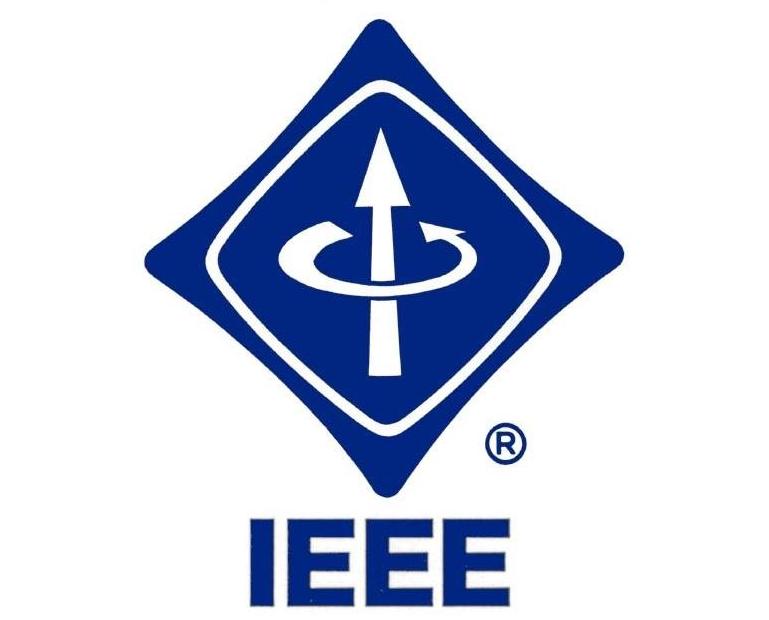Abstract:
The functions of multiple instances (FUMI) approach for learning target and nontarget signatures is introduced. FUMI is a generalization of the multiple-instance learning (MIL) approach for supervised learning. FUMI differs significantly from standard MIL and supervised learning approaches because only data points which are functions of class concepts/signatures are available. In particular, this paper addresses the problem in which data points are convex combinations of target and nontarget signatures. Two algorithms, convex FUMI (cFUMI) and extended cFUMI (eFUMI), are presented and applied to the problem of hyperspectral unmixing and target detection. cFUMI learns target and nontarget signatures (i.e., target and nontarget endmembers), the number of nontarget signatures, and the proportion of each signature for every data point. The eFUMI algorithm extends the cFUMI to allow for additional “bag level” uncertainty in training labels. For these methods, training data need only binary labels indicating whether a data point (or some spatial area in the case of eFUMI) contains or does not contain some proportion of the target; the specific target proportions for the training data are not needed. After learning the target signature using the binary-labeled training data, target detection can be performed on test data. Results for subpixel target detection on simulated and real airborne hyperspectral data are shown.
Links:
Citation:
C. Jiao and A. Zare, “Functions of Multiple Instances for Learning Target Signatures,” IEEE Trans. Geosci. Remote Sens., vol. 53, iss. 8, pp. 4670-4686, 2015. @Article{jiao2015functions,
Title = {Functions of Multiple Instances for Learning Target Signatures},
Author = {Jiao, Changzhe and Zare, Alina},
Journal = {IEEE Trans. Geosci. Remote Sens.},
Year = {2015},
Month = {Aug.},
Number = {8},
Pages = {4670-4686},
Volume = {53},
Doi = {10.1109/TGRS.2015.2406334},
}



